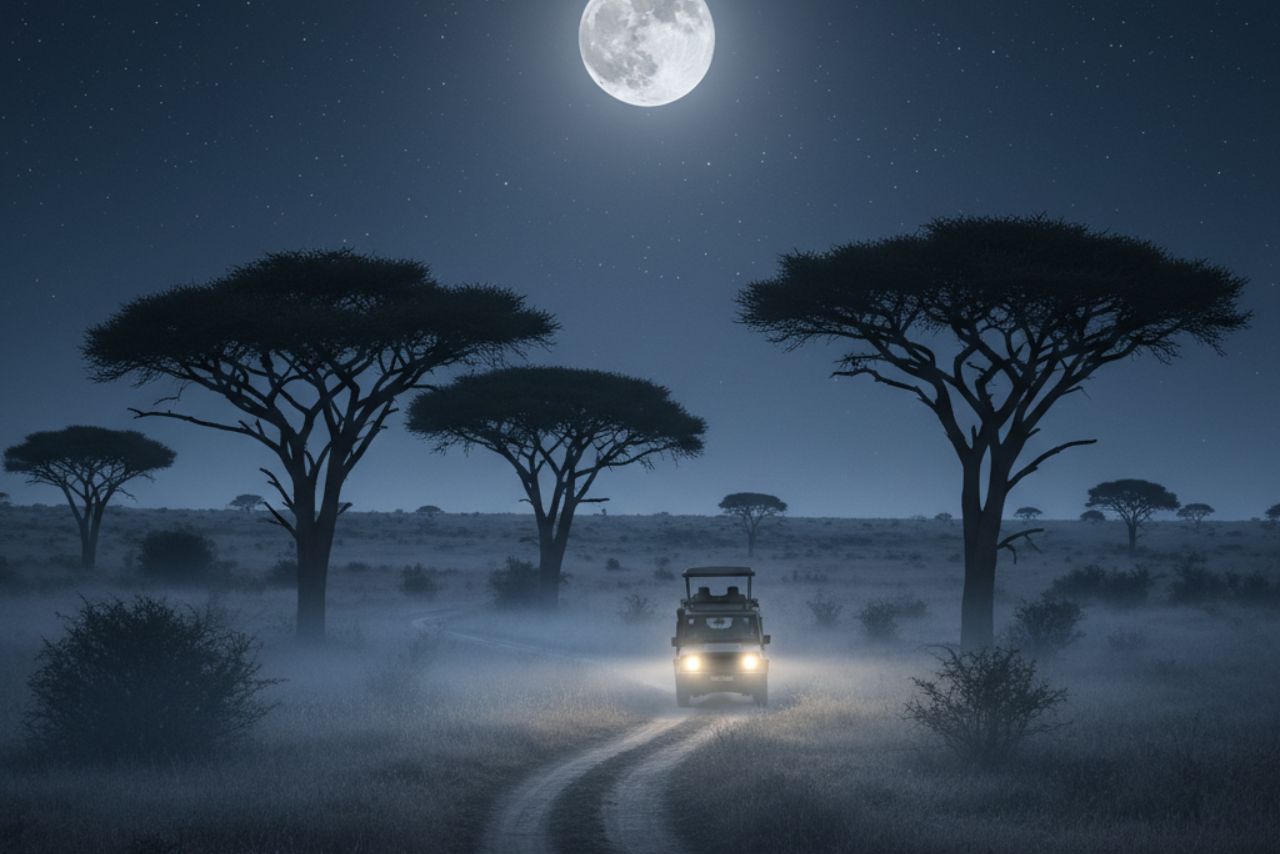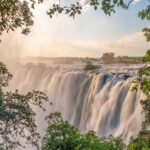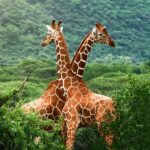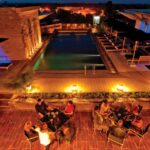Have you ever wanted to try something somewhat different, a little wild, and very memorable? Then you should try going on one of the night safaris in Uganda.
For me, the idea of venturing into the African bush after dusk in the beautiful wilds of Uganda ticked quite a few of my boxes.
But here’s what I learnt: night safaris are not just daytime drives with flashlights. They reveal hidden creatures, raise new questions about safety and logistics, and require a completely different way of thinking.
So, if you’re looking for meaningful travel, this is the kind of experience that shifts from mere sightseeing to soul-expanding.
Let me walk you through what really happens after dark in Uganda’s national parks.
Where and How Night Safaris Work in Uganda
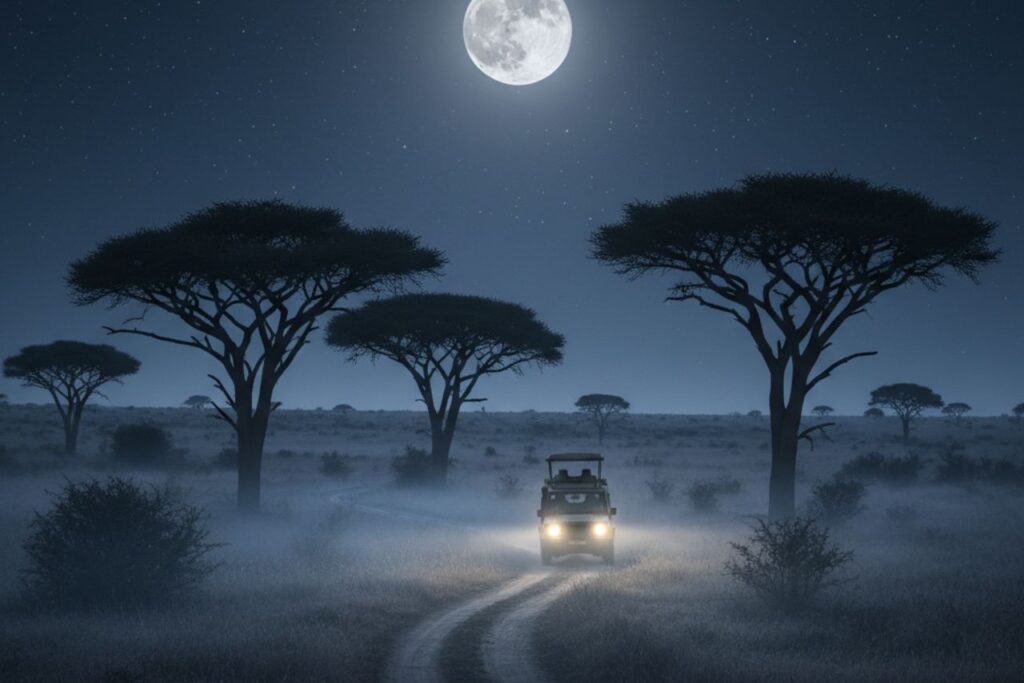
1. Which Parks Permit Night Drives
Not all parks in Uganda allow you to board a vehicle after sundown. The ones that do have special rules, timing and vehicles. For example:
- In Murchison Falls National Park, the northern sector offers nighttime game drives with armed park rangers and approved vehicles.
- In Queen Elizabeth National Park (specifically the Mweya area), night game drives are available.
- Lake Mburo National Park also offers the experience in a more modest form.
So yes, you can do it. But you’ll need to book ahead, use the correct park zones, and trust your guide.
2. What Night Safari in Uganda Experience Looks Like
Think about this: The sun goes down. The air gets cooler. You get into a safari vehicle that has spotlight(s). You have an armed ranger with you who knows the area and how to get around in the dark. The car moves slowly, looking for glints of eyes, listening for rustles, and sometimes stopping to listen. That’s how the night drive goes.
Depending on the park and the time of year, you might be able to drive between 7 and 10 PM. In Murchison, drives usually start after dinner and last for about two to three hours.
What You’ll Actually See and Hear

1. The Wildlife Comes Alive
In the daytime, people tend to look for big, easy-to-see animals in good light. Driving at night shows off the shy, the low-profile, and the wild rhythms of dusk. Here are some of the animals and behaviours you might see:
- Predators like leopards and lions become active as night falls.
- Hyenas on the move, sometimes hearing their calls in the dark.
- Owls, nightjars, and smaller nocturnal birds that you seldom spot during daylight.
- Small mammals: genets, civets, bushbabies (galagos) and more elusive species like porcupines.
- Hippos moving out of the water to graze on land; you might spot them far from the riverbank.
One night, I sat quietly in the open vehicle, and the spotlight picked up two glowing eyes in the bushes. It turned out to be a genet that was resting on a mound of termites. Quiet, short-lived, and magical. The thrill for me was in that surprise, close moment.
2. Sounds & Atmosphere
Many people don’t talk about how the night affects all of your senses in different ways. During the day, there are sights to see, but at night, there are sounds: rustling grasses, distant roars, and the temperature is changing.
And the darkness itself is a part of the experience. You feel more in the moment. You can’t rely only on your sight; you have to listen, feel, and guess. For me, it was liberating to stop trying to control the moment and just be in it.
READ ALSO: 6 Epic African Safari Tours for Adventure Junkies
The Realities of Tourists Aren’t Always Told
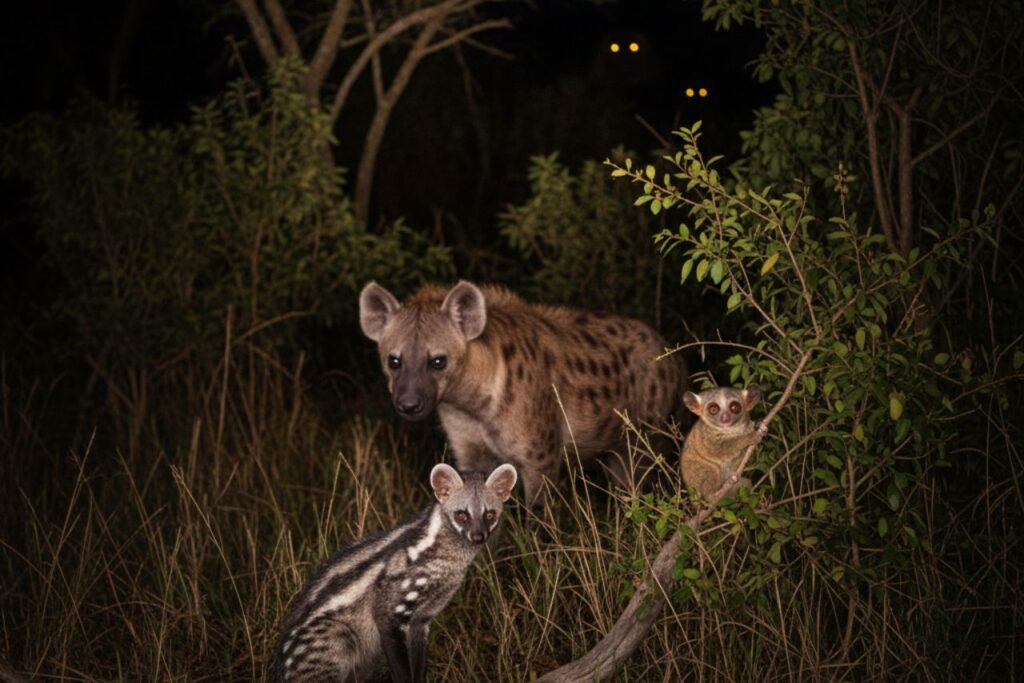
1. Sightings Are Not Guaranteed
Just because you’re on a night drive doesn’t mean you’ll see everything you hope for. Wildlife moves freely and doesn’t follow schedules, and the darkness adds a challenge.
An article on Murchison cautions that the nature of night drives is unpredictable.
I experienced this firsthand when our vehicle returned without spotting the leopard we had hoped for. But the value was in the ride, the anticipation, the stories, and the night air.
2. Safety, Logistics & Comfort Challenges
- You’ll be out after dark in remote terrain, so you must use licensed guides and comply with park rules (which is happily standard in Uganda).
- The vehicles are often open-roof or at least open-sided, so you’ll feel more exposed.
- Nights can get cool (especially after dusk) even in tropical climates. You’ll want good layers.
- Insects and mosquito risk go up after dark. Bring repellent.
- The terrain may be rough; the ride slow; your patience will be tested.
3. It’s Not All Big Cats and Grand Scenes
Night drives highlight the quieter side of the bush. You may watch porcupines chewing on roots rather than lions hunting wildebeest. If you’re expecting the “roar and chase every time” moment, you might feel somewhat disappointed. Instead, the beauty lies in subtlety.
I remember one time when our car stopped under a bright moon, and the spotlight caught the back of a hyena as it walked by. Not glamorous in the way pictures are, but real and evocative.
4. What You Bring and How You Arrive Matters
What you wear, how you equip yourself, and your mindset make a huge difference:
- Wear neutral, dark clothing, as bright colours can reflect light and spook wildlife.
- Bring insect repellents, layers, and flashlights.
- Accept a slower pace, possibly fewer big animal sightings, and more auditory and ambient experience.
- Be present, listen, and engage your senses rather than only your camera.
Why Night Safari in Uganda Worthwhile for Tourists
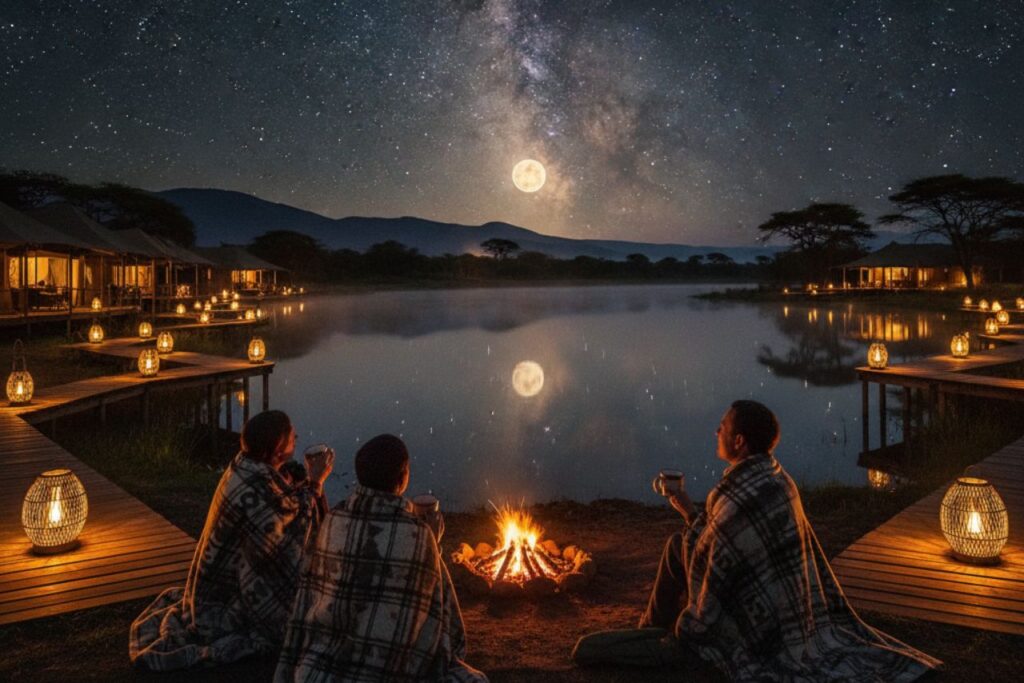
It changes the travel experience from checking off animal lists to an inner journey:
- It makes you think: the quiet, the night, and the stillness. You don’t always want to “see the lion.”
- You practise being present by listening to the wild in the dark and feeling the world around you.
- It can be slow and gentle, but it can also have a big effect. You’re not climbing steep trails; you’re in a car, but you’re very involved.
- It reminds us that adventure doesn’t have to mean doing something hard; it can also mean being still, going deep, or finding new rhythms.
I felt like I had borrowed the bush’s secret for a few hours when I got back from that night drive. It made me remember that getting older doesn’t mean slowing down completely. It means going deeper, listening more carefully, and exploring in new ways.
READ ALSO: Epic Gorilla Trekking in Uganda vs Rwanda: A Powerful Wildlife Experience
Practical Tips for Your Night Safari in Uganda
- Choose a reputable operator and verify they use authorised vehicles and guides for night drives.
- Pack well: layers, insect repellent, a flashlight or headlamp (red light preferable), binoculars if you like, and a camera with good low‐light capability.
- Book your accommodation so you’re near the park zone offering night drives. There’s no long commute in the dark.
- Go early in the evening (before it’s too dark) so you adjust to the night environment.
- Expect the unexpected: the animals you see may surprise you, and the journey is the experience.
- Respect the wildlife: stay in the vehicle, stay quiet, and follow guide instructions.
- Be mindful of weather. Rain, a thick bush, or muddy tracks may limit your drive. In the dry season the chances improve.
Final Thoughts
Night safaris in Uganda are like opening a door to another wild world. The land and animals are the same, but it’s different because it’s dark, with new sounds, rhythms, and things to see. For a woman over 50 who wants to travel in a meaningful way, this meeting offers more than just photo opportunities; it also offers a chance to think, feel, and have a quiet adventure.
You might not come back with a lion chasing you or the classic postcard picture of a leopard. You will come back a little different. You’ll see the bush in a different way: the rustle, the quiet, and the eyes that look back at you in your light. You will remember how it felt to be out there at night, living in the moment.
Do your research before you plan, be ready, and don’t rush things. And maybe most importantly, accept the wild’s unplanned and unpredictable side.
That is where the magic happens.

